How to check a camera when purchasing
Do you want to test the camera before buying it first hand, but don’t have any tools for this? It doesn’t matter, because you can use the photographer’s main tool – vision. It is this that will help to carry out a three-stage check, allowing you to identify a camera that was heated, repaired or used in extreme conditions.
The content of the article
Step One: Basic Inspection
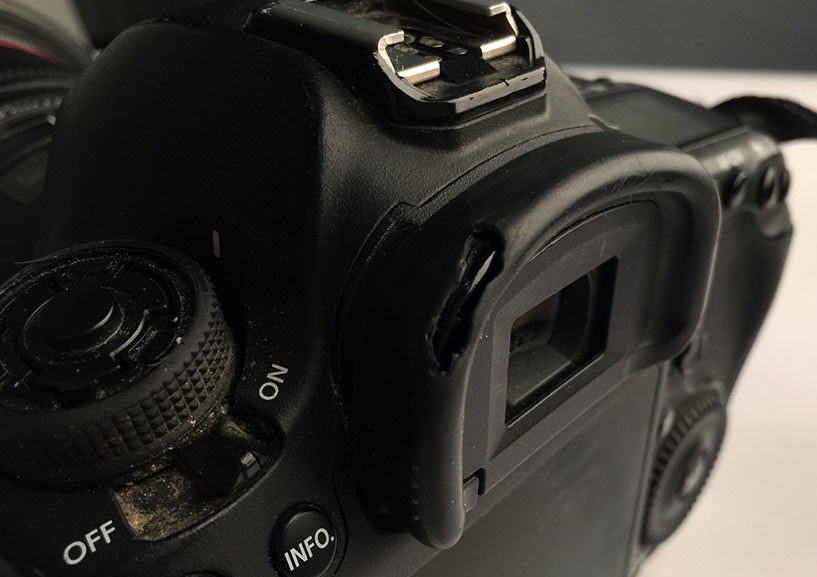
Taking good care of your camera is the key to its long and flawless service. But how carefully the previous owner handled the camera can be easily determined by the appearance of the case.
If the body does not have chips, cracks, scratches, dents or similar signs of careless handling of the camera, there is a high probability that it was treated well. This technique is worthy of further examination.
Serious defects should not include only traces of repeated use - slightly worn symbols on the buttons or a body polished to a shine (in those places where it is most often touched by hands). These are signs of the camera's mileage, but not its performance.
Step two: search for signs of repair

A camera that is opened should raise concerns, since no one can guarantee that the equipment was repaired by a specialist. And no one canceled the pre-sale “polishing”.
A sure sign of a “restored” camera is traces of a screwdriver on the fastener heads (factory paint is easily scratched off the bolts with a metal tool). If you find such marks, it is better to refrain from purchasing.
The disadvantage of such a check is that you cannot be 100% sure that there is no repair. But even if the camera was in the hands of a specialist who uses rubber screwdrivers (these practically leave no traces of intervention), then such a specialist most likely carried out the repair efficiently. This is also a kind of guarantee of the camera’s reliability.
Step three: identifying the drowned man
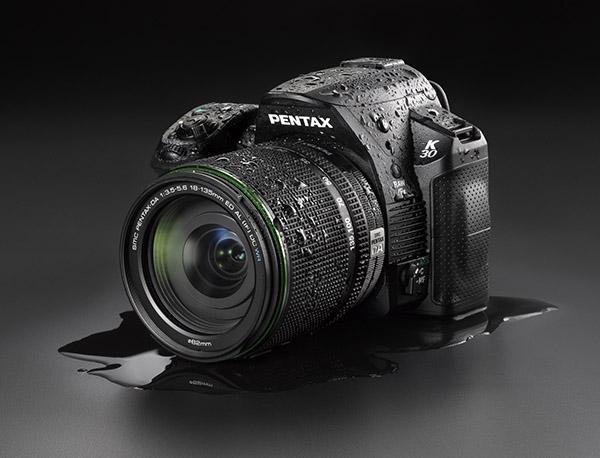
A fairly common practice is to dry a camera that has been in contact with water and quickly sell it before anything jams. It is quite simple to protect yourself from this trick - just take a closer look at the shoe rail, bayonet mount (especially the electrical contacts), other metal elements on the case and contacts in the battery compartment.
If, as a result of a visual inspection, traces of metal oxidation were found, most likely you have a drowned person in front of you. You should not buy such a camera - its behavior can be unpredictable, and its service life can be short.
But cunning sellers wouldn’t be like that if they didn’t know how to erase traces of oxidation. Therefore, it makes sense not to be lazy, remove the battery and look inside the battery compartment. There, contacts very rarely receive the attention of those who erase traces of the flood, since for this the camera must be disassembled.
Bonus: matrix, mileage and useful advice
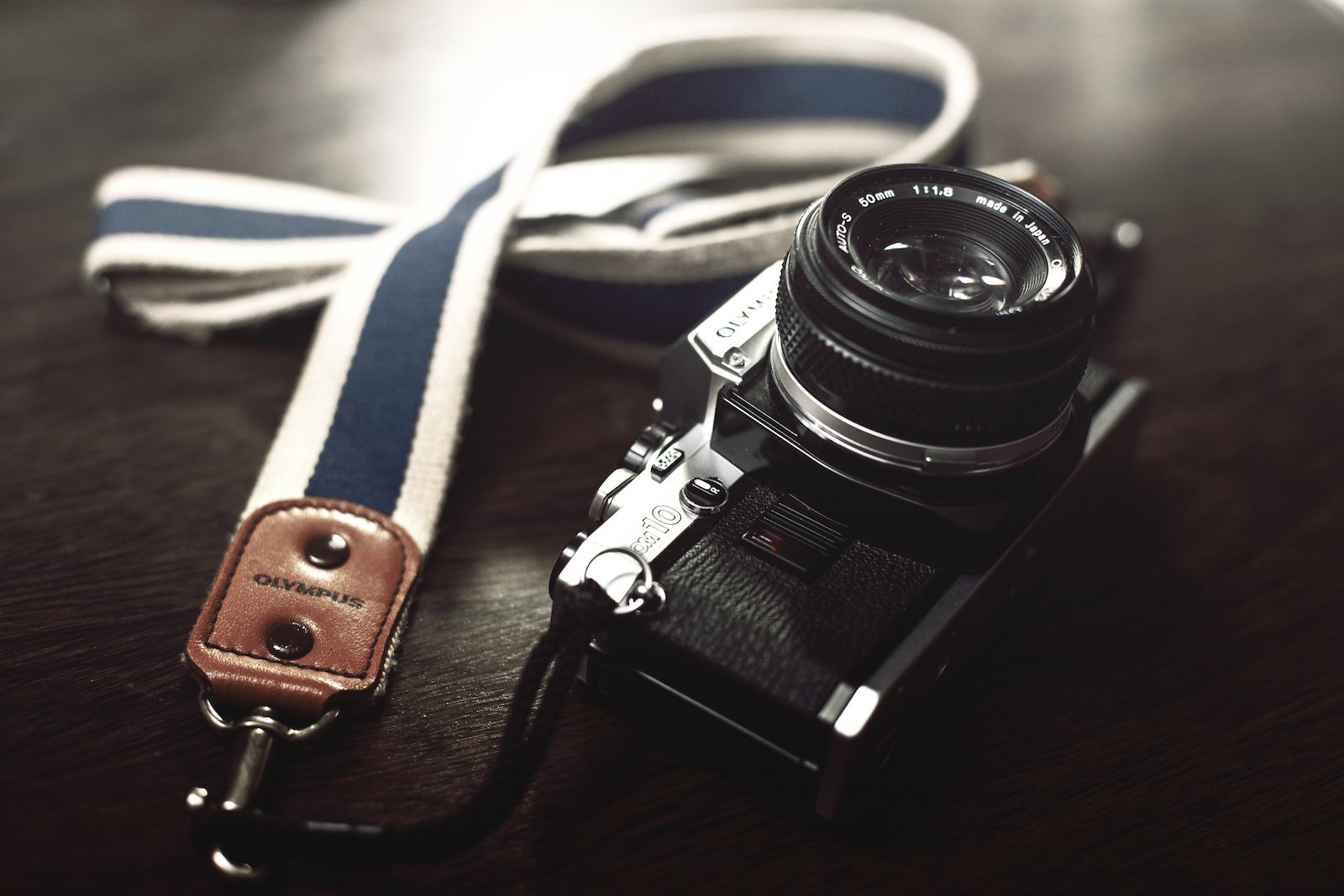
If the inspection of the case left a positive impression, then further tests will not disappoint. But this is not a reason to refuse them, since it is at this stage that you can bargain reasonably.
The first reason to trade is defective pixels. To determine their number, you should set the minimum photosensitivity value, shutter speed to 2-3 seconds and take a picture with the lens cap closed. Then the resulting black frame should be carefully examined in search of light points (if viewing is carried out on the camera display, you should turn on triple zoom).
A few dead pixels are not a reason to bargain; their abundance is a reason to refuse to purchase a camera, since you can only dream of high-quality photos with it. And here if there are not enough light dots to seriously spoil the final photo, but their number clearly exceeds a dozen, you can and should start bargaining.

This is not a starry sky, but dead pixels.
The next important point is camera mileage. We have already talked about its indirect signs, but The actual number of shutter releases can only be determined using a program installed on a computer. Unfortunately, there is no universal program, so you will have to select it for each camera manufacturer yourself.
But if this method is not available for some reason, you can trust tactile sensations: how softly the camera shutter button works, whether strange noises are heard during its operation. To do this, of course, you need to take several pictures with your own hands, so you should be wary if the seller for some reason rebelled against such amateur activity.
And finally, some useful advice: When planning to buy a camera from your own hands, it makes sense to consider only professional and semi-professional equipment. The fact is that such cameras are capable of withstanding a mileage many times greater than the warranty, which cannot be said about amateur cameras, which very rarely “live up” to the values declared by the manufacturer.



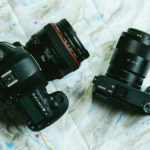
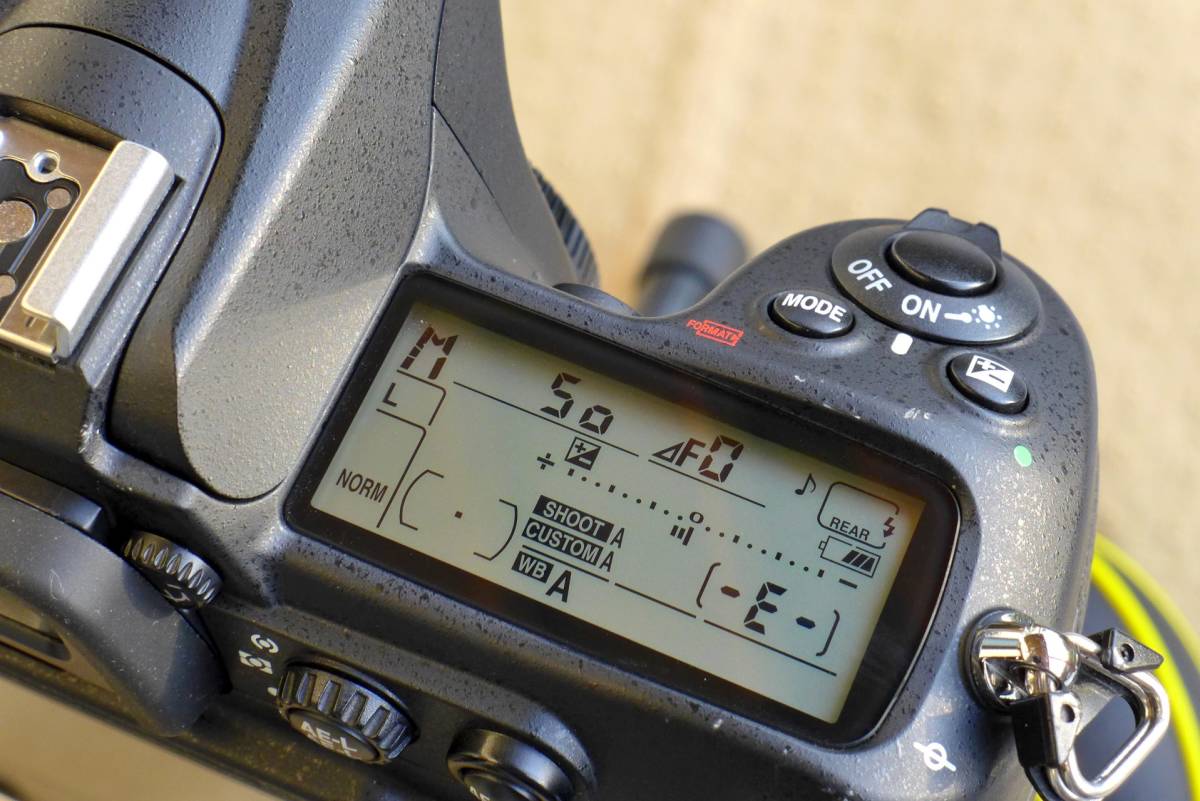
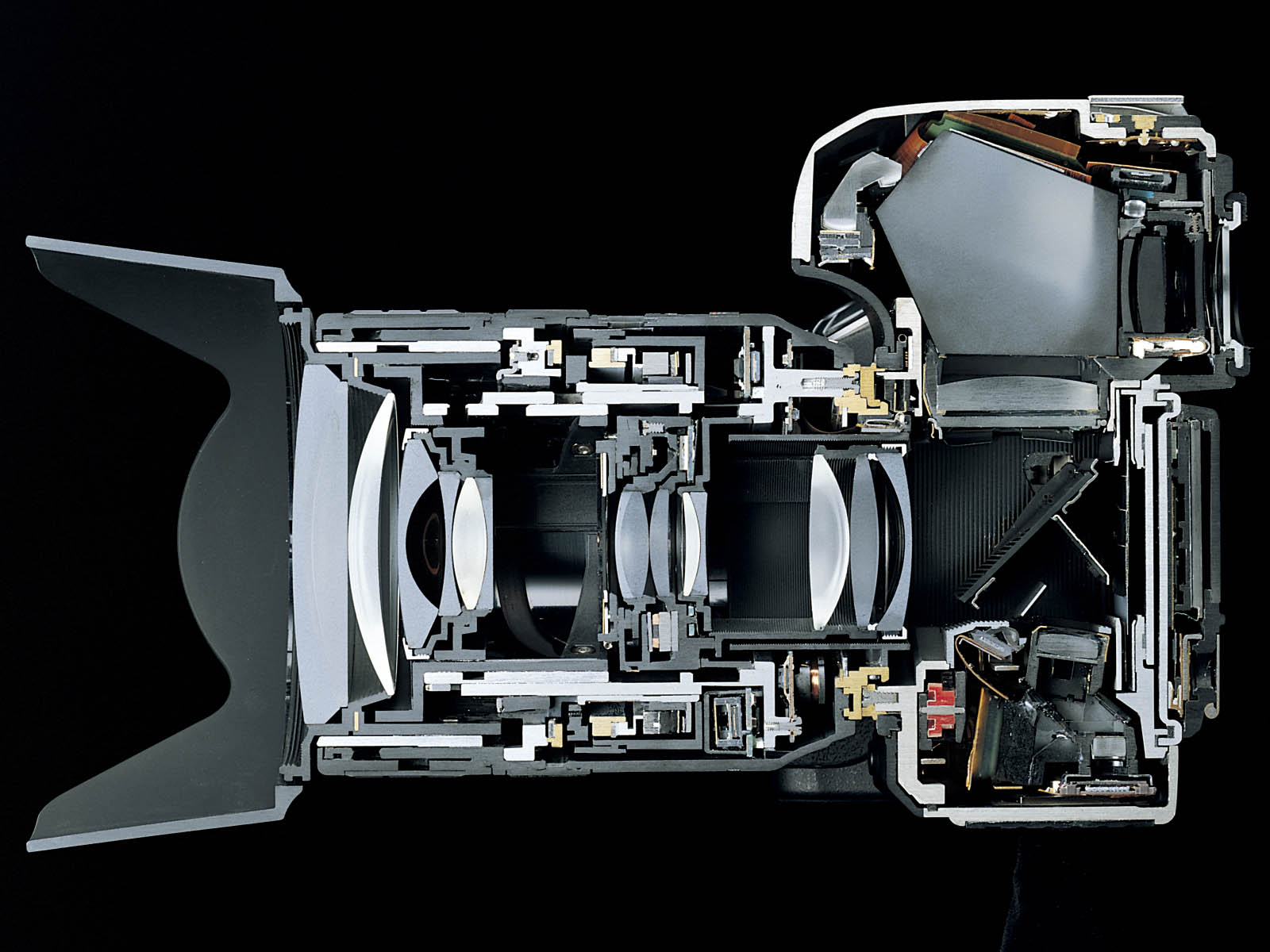
Broken and hot pixels need to be looked at in a program of the same name. If dead pixels are visible to the naked eye, such a camera definitely cannot be taken. Even new equipment needs to be checked with this program. The shutter speed should be set not to 2-3 seconds, but to 20-30 seconds - hot pixels are better identified. The program can be found on the internet.